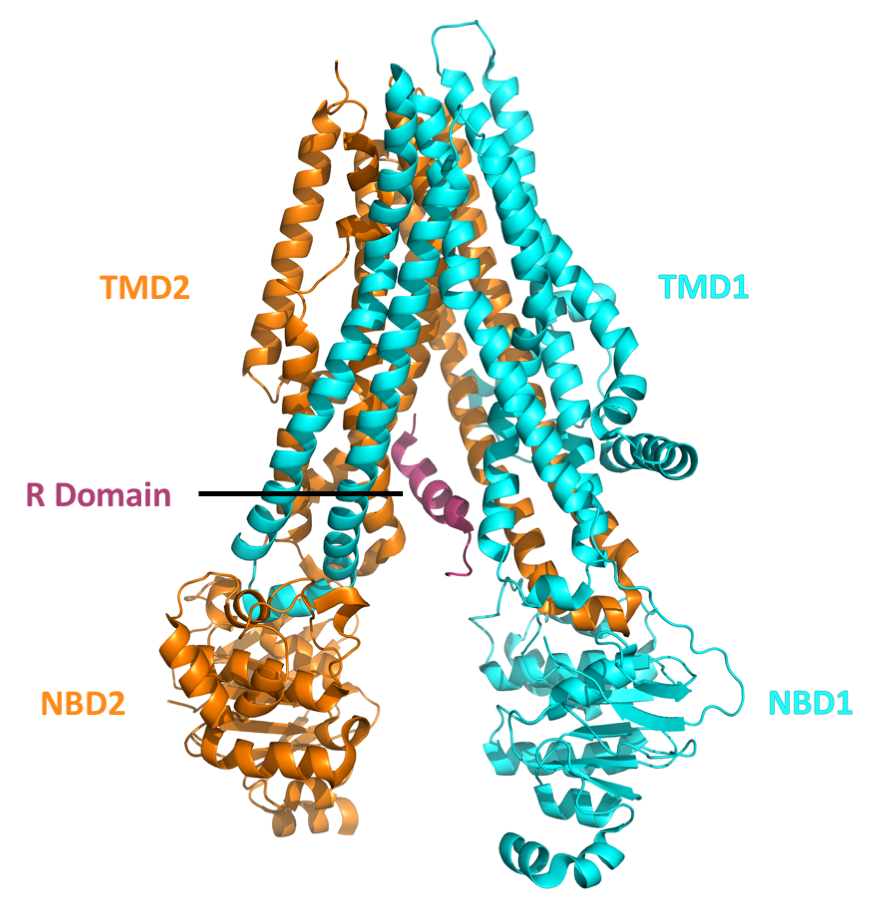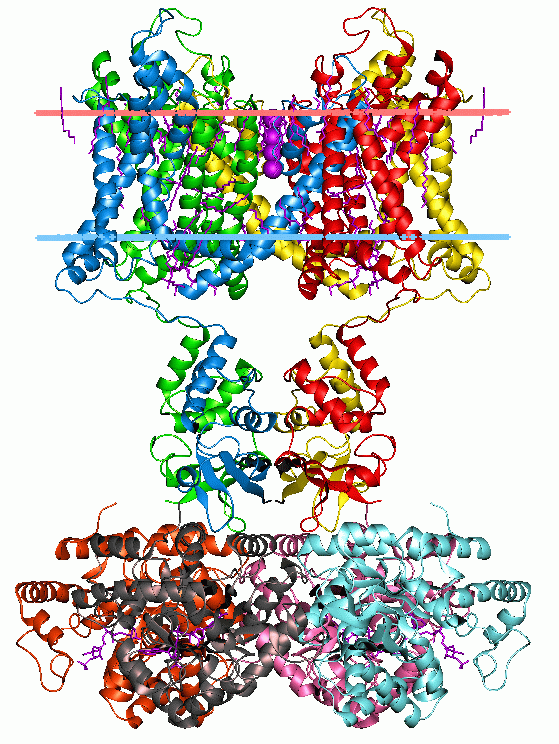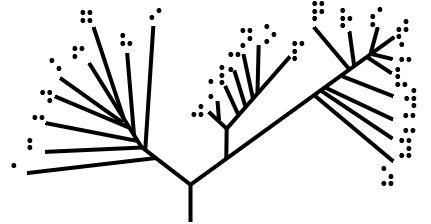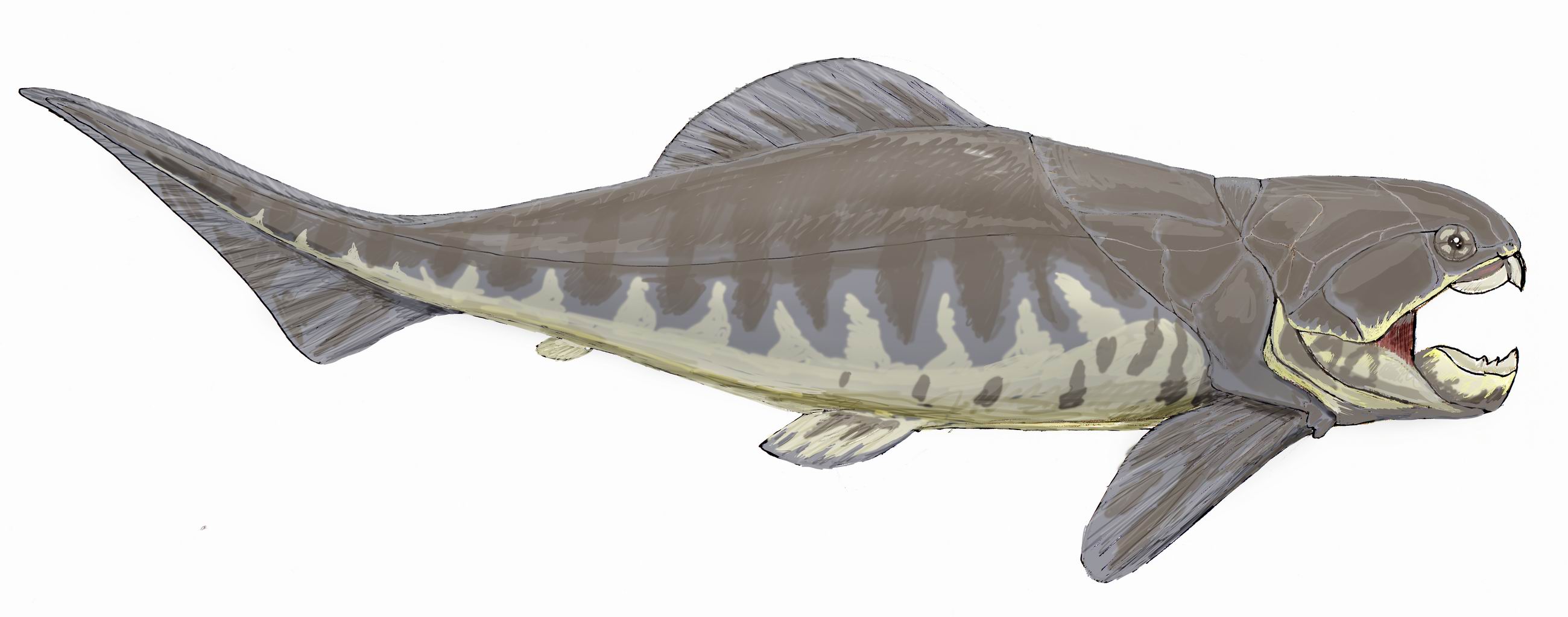|
Cystic Fibrosis Transmembrane Conductance Regulator
Cystic fibrosis transmembrane conductance regulator (CFTR) is a membrane protein and anion channel in vertebrates that is encoded by the ''CFTR'' gene. Geneticist Lap-Chee Tsui and his team identified the CFTR gene in 1989 as the gene linked with CF (CYSTIC FIBROSIS). The CFTR gene codes for an ABC transporter-class ion channel protein that conducts chloride and bicarbonate ions across epithelial cell membranes. Mutations of the CFTR gene affecting anion channel function lead to dysregulation of epithelial lining fluid (mucus) transport in the lung, pancreas and other organs, resulting in cystic fibrosis. Complications include thickened mucus in the lungs with frequent respiratory infections, and pancreatic insufficiency giving rise to malnutrition and diabetes. These conditions lead to chronic disability and reduced life expectancy. In male patients, the progressive obstruction and destruction of the developing vas deferens (spermatic cord) and epididymis appear to result fr ... [...More Info...] [...Related Items...] OR: [Wikipedia] [Google] [Baidu] |
Membrane Protein
Membrane proteins are common proteins that are part of, or interact with, biological membranes. Membrane proteins fall into several broad categories depending on their location. Integral membrane proteins are a permanent part of a cell membrane and can either penetrate the membrane ( transmembrane) or associate with one or the other side of a membrane ( integral monotopic). Peripheral membrane proteins are transiently associated with the cell membrane. Membrane proteins are common, and medically important—about a third of all human proteins are membrane proteins, and these are targets for more than half of all drugs. Nonetheless, compared to other classes of proteins, determining membrane protein structures remains a challenge in large part due to the difficulty in establishing experimental conditions that can preserve the correct conformation of the protein in isolation from its native environment. Function Membrane proteins perform a variety of functions vital to the su ... [...More Info...] [...Related Items...] OR: [Wikipedia] [Google] [Baidu] |
Congenital Absence Of The Vas Deferens
Congenital absence of the vas deferens (CAVD) is a condition in which the vasa deferentia reproductive organs fail to form properly prior to birth. It may either be unilateral (CUAVD) or bilateral (CBAVD). Signs and symptoms The vas deferens connect the sperm-producing testicles to the penis. Therefore, those who are missing both vas deferens are typically able to create sperm but are unable to transport them appropriately. Their semen does not contain sperm, a condition known as azoospermia. Unilateral absence may not show any abnormalities in semen analysis. Vas deferens are less commonly palpated during routine a physical examination, hence the absence may go unnoticed. Also, injury to Vas deferens common in surgery. Vas deferens may be absent on one or both sides, and in whole or in part. When only a part of Vas deferens is absent, it may fail to establish communication with the epididymis. In one of the largest such studies, a study of 23,013 individuals seeking for v ... [...More Info...] [...Related Items...] OR: [Wikipedia] [Google] [Baidu] |
Euarchonta
The Euarchonta are a proposed grandorder of mammals: the order Scandentia (treeshrews), and its sister Primatomorpha mirorder, containing the Dermoptera or colugos and the primates (Plesiadapiformes and descendents). The term "Euarchonta" (meaning "true rulers") appeared in 1999, when molecular evidence suggested that the morphology-based Archonta should be trimmed down to exclude Chiroptera. Further DNA sequence analyses supported the Euarchonta hypothesis. Despite multiple papers pointing out that some mitochondrial sequences showed unusual properties (particularly murid rodents and hedgehogs) and were likely distorting the overall tree, and despite earlier studies showing near total congruence of mtDNA-based and nuclear-based trees when such sequences were excluded, some authors continued to produce misleading trees. A study investigating retrotransposon presence/absence data has claimed strong support for Euarchonta. Some interpretations of the molecular data link Prim ... [...More Info...] [...Related Items...] OR: [Wikipedia] [Google] [Baidu] |
Laurasiatheria
Laurasiatheria ("laurasian beasts") is a superorder of placental mammals that groups together true insectivores ( eulipotyphlans), bats ( chiropterans), carnivorans, pangolins ( pholidotes), even-toed ungulates ( artiodactyls), odd-toed ungulates ( perissodactyls), and all their extinct relatives. From systematics and phylogenetic perspectives, it is subdivided into order Eulipotyphla and clade Scrotifera. It is a sister group to Euarchontoglires with which it forms the magnorder Boreoeutheria. Laurasiatheria was discovered on the basis of the similar gene sequences shared by the mammals belonging to it; no anatomical features have yet been found that unite the group. The Laurasiatheria clade is based on DNA sequence analyses and retrotransposon presence/absence data. The superorder originated on the northern supercontinent of Laurasia, after it split from Gondwana when Pangaea broke up. Its last common ancestor is supposed to have diversified ca. 76 to 90 million year ... [...More Info...] [...Related Items...] OR: [Wikipedia] [Google] [Baidu] |
Afrotheria
Afrotheria ( from Latin ''Afro-'' "of Africa" + ''theria'' "wild beast") is a clade of mammals, the living members of which belong to groups that are either currently living in Africa or of African origin: golden moles, elephant shrews (also known as sengis), tenrecs, aardvarks, hyraxes, elephants, sea cows, and several extinct clades. Most groups of afrotheres share little or no superficial resemblance, and their similarities have only become known in recent times because of genetics and molecular studies. Many afrothere groups are found mostly or exclusively in Africa, reflecting the fact that Africa was an island continent from the Cretaceous until the early Miocene around 20 million years ago, when Afro-Arabia collided with Eurasia. Because Africa was isolated by water, Laurasian groups of mammals such as insectivores, rodents, lagomorphs, carnivorans and ungulates could not reach Africa for much of the early to mid- Cenozoic. Instead, the niches occupied by thos ... [...More Info...] [...Related Items...] OR: [Wikipedia] [Google] [Baidu] |
Xenarthra
Xenarthra (; from Ancient Greek ξένος, xénos, "foreign, alien" + ἄρθρον, árthron, "joint") is a major clade of placental mammals native to the Americas. There are 31 living species: the anteaters, tree sloths, and armadillos. Extinct xenarthrans include the glyptodonts, pampatheres and ground sloths. Xenarthrans originated in South America during the late Paleocene about 60 million years ago. They evolved and diversified extensively in South America during the continent's long period of isolation in the early to mid Cenozoic Era. They spread to the Antilles by the early Miocene and, starting about 3 Mya, spread to Central and North America as part of the Great American Interchange. Nearly all of the formerly abundant megafaunal xenarthrans became extinct at the end of the Pleistocene. Xenarthrans share several characteristics not present in other placental mammals, which suggest their ancestors were subterranean diggers for insects. The name Xenarthra deriv ... [...More Info...] [...Related Items...] OR: [Wikipedia] [Google] [Baidu] |
Placental
Placental mammals (infraclass Placentalia ) are one of the three extant subdivisions of the class Mammalia, the other two being Monotremata and Marsupialia. Placentalia contains the vast majority of extant mammals, which are partly distinguished from monotremes and marsupials in that the fetus is carried in the uterus of its mother to a relatively late stage of development. The name is something of a misnomer considering that marsupials also nourish their fetuses via a placenta, though for a relatively briefer period, giving birth to less developed young which are then nurtured for a period inside the mother's pouch. Anatomical features Placental mammals are anatomically distinguished from other mammals by: * a sufficiently wide opening at the bottom of the pelvis to allow the birth of a large baby relative to the size of the mother. * the absence of epipubic bones extending forward from the pelvis, which are found in all other mammals. (Their function in non-placental mammals ... [...More Info...] [...Related Items...] OR: [Wikipedia] [Google] [Baidu] |
Mammals
Mammals () are a group of vertebrate animals constituting the class Mammalia (), characterized by the presence of mammary glands which in females produce milk for feeding (nursing) their young, a neocortex (a region of the brain), fur or hair, and three middle ear bones. These characteristics distinguish them from reptiles (including birds) from which they diverged in the Carboniferous, over 300 million years ago. Around 6,400 extant species of mammals have been described divided into 29 orders. The largest orders, in terms of number of species, are the rodents, bats, and Eulipotyphla ( hedgehogs, moles, shrews, and others). The next three are the Primates (including humans, apes, monkeys, and others), the Artiodactyla (cetaceans and even-toed ungulates), and the Carnivora (cats, dogs, seals, and others). In terms of cladistics, which reflects evolutionary history, mammals are the only living members of the Synapsida (synapsids); this clade, tog ... [...More Info...] [...Related Items...] OR: [Wikipedia] [Google] [Baidu] |
Phylogeny
A phylogenetic tree (also phylogeny or evolutionary tree Felsenstein J. (2004). ''Inferring Phylogenies'' Sinauer Associates: Sunderland, MA.) is a branching diagram or a tree showing the evolutionary relationships among various biological species or other entities based upon similarities and differences in their physical or genetic characteristics. All life on Earth is part of a single phylogenetic tree, indicating common ancestry. In a ''rooted'' phylogenetic tree, each node with descendants represents the inferred most recent common ancestor of those descendants, and the edge lengths in some trees may be interpreted as time estimates. Each node is called a taxonomic unit. Internal nodes are generally called hypothetical taxonomic units, as they cannot be directly observed. Trees are useful in fields of biology such as bioinformatics, systematics, and phylogenetics. ''Unrooted'' trees illustrate only the relatedness of the leaf nodes and do not require the ancestral root ... [...More Info...] [...Related Items...] OR: [Wikipedia] [Google] [Baidu] |
Nuclear DNA
Nuclear DNA (nDNA), or nuclear deoxyribonucleic acid, is the DNA contained within each cell nucleus of a eukaryotic organism. It encodes for the majority of the genome in eukaryotes, with mitochondrial DNA and plastid DNA coding for the rest. It adheres to Mendelian inheritance, with information coming from two parents, one male and one female—rather than matrilineally (through the mother) as in mitochondrial DNA. Structure Nuclear DNA is a nucleic acid, a polymeric biomolecule or biopolymer, found in the nucleus of eukaryotic cells. Its structure is a double helix, with two strands wound around each other, a structure first described by Francis Crick and James D. Watson (1953) using data collected by Rosalind Franklin. Each strand is a long polymer chain of repeating nucleotides. Each nucleotide is composed of a five-carbon sugar, a phosphate group, and an organic base. Nucleotides are distinguished by their bases: purines, large bases that include adenine and gu ... [...More Info...] [...Related Items...] OR: [Wikipedia] [Google] [Baidu] |
Gnathostomata
Gnathostomata (; from Greek: (') "jaw" + (') "mouth") are the jawed vertebrates. Gnathostome diversity comprises roughly 60,000 species, which accounts for 99% of all living vertebrates, including humans. In addition to opposing jaws, living gnathostomes have true teeth (a characteristic which has subsequently been lost in some), paired appendages (pectoral and pelvic fins, arms, legs, wings, etc.), the elastomeric protein of elastin, and a horizontal semicircular canal of the inner ear, along with physiological and cellular anatomical characters such as the myelin sheaths of neurons, and an adaptive immune system that has the discrete lymphoid organs of spleen and thymus, and uses V(D)J recombination to create antigen recognition sites, rather than using genetic recombination in the variable lymphocyte receptor gene. It is now assumed that Gnathostomata evolved from ancestors that already possessed a pair of both pectoral and pelvic fins. Until recently these an ... [...More Info...] [...Related Items...] OR: [Wikipedia] [Google] [Baidu] |
Orthologs
Sequence homology is the biological homology between DNA, RNA, or protein sequences, defined in terms of shared ancestry in the evolutionary history of life. Two segments of DNA can have shared ancestry because of three phenomena: either a speciation event (orthologs), or a duplication event (paralogs), or else a horizontal (or lateral) gene transfer event (xenologs). Homology among DNA, RNA, or proteins is typically inferred from their nucleotide or amino acid sequence similarity. Significant similarity is strong evidence that two sequences are related by evolutionary changes from a common ancestral sequence. Alignments of multiple sequences are used to indicate which regions of each sequence are homologous. Identity, similarity, and conservation The term "percent homology" is often used to mean "sequence similarity”, that is the percentage of identical residues (''percent identity''), or the percentage of residues conserved with similar physicochemical properties (' ... [...More Info...] [...Related Items...] OR: [Wikipedia] [Google] [Baidu] |


_(Tenrec_ecaudatus).jpg)
_(cropped).jpg)

